Archive for October, 2014
October 25th, 2014 by dave dorsey
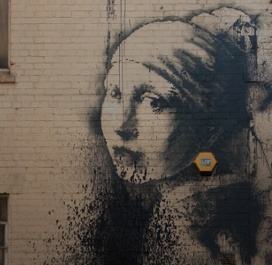
Girl with the Banksy Accessory molested in Bristol.
A new mural by elusive graffiti artist Banksy has been vandalised just 24 hours after it appeared on a wall in Bristol, his hometown. Tenant Ellie Morgan . . . said: “It’s a real shame and a bit annoying. Someone just snuck down, did it and then snuck off.”
Wait, what? Isn’t that Banksy’s M.O.?
Pop quiz, multiple choice: 1. Turnabout is fair play. 2. What goes around comes around. 3. Hoist by one’s own petard.
October 23rd, 2014 by dave dorsey
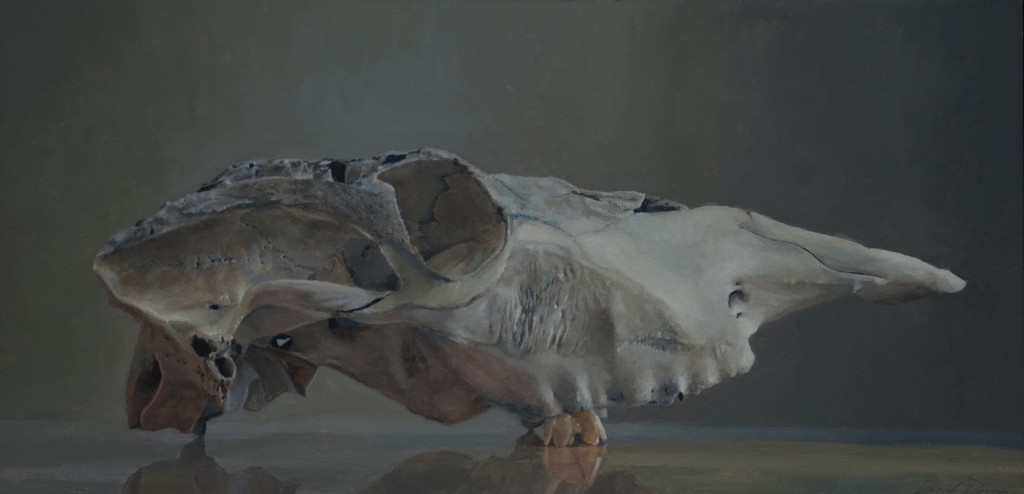
Cow, oil on linen, 18.5 x 37″
I was happy to get an email a few days ago informing me that my still life of a cow skull will be shown along with ten other skull paintings in Losing Your Head at Manifest, in Cincinnati. I was startled at how small the selection was for this show, given the typical flood of entries, with only nine artists exhibiting:
Thank you so much for participating in this process and for your patience! Our jury for this competitive exhibit resulted in the final selection including 11 works by 9 artists. We received a total of 340 entries from 131 artists. Your exhibit is currently planned to be presented in our North Gallery, and it promises to be quite stunning!
I have Lauren Purje and Susan Sills to thank for the inspiration behind the three skull paintings I’ve completed in the past year and a half. Lauren challenged me to try a human skull–and the biggest challenge turned out to be simply getting my hands on one, which I’ve written about before. Once I’d completed and shown it, Susan stepped up and offered to loan me a baboon skull, which she’d come across on a trip to Africa, and gave me outright the cow skull I used for the painting that will be shown at Manifest. The baboon painting just came home from a show at Minot State University, and the human skull painting arrived home yesterday from the Tallahassee International at the FSU Museum of Fine Arts. These vanitas paintings are uniquely challenging but also uniquely rewarding: conveying the complexity of the surface of a weathered, aged skull, discolored from time in the soil, brings an unusual sense of fulfillment when it turns out well.
October 20th, 2014 by dave dorsey
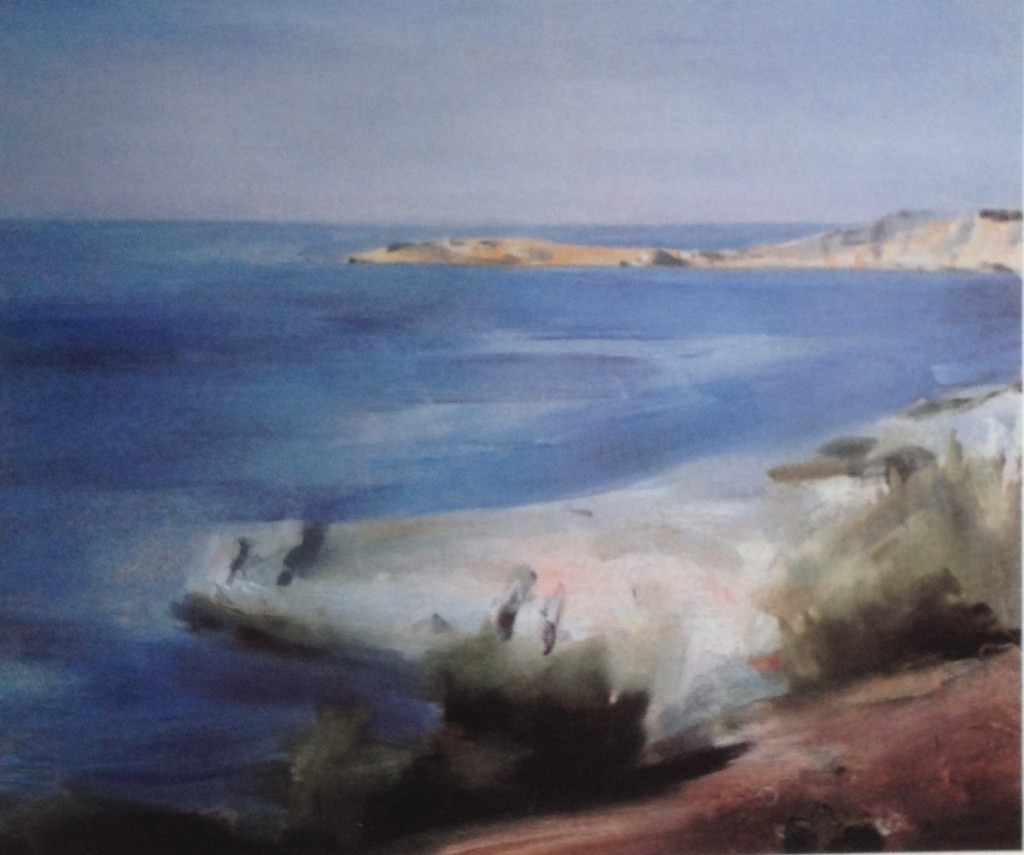
Bay of Sanary From La Cride, 1938, oil on canvas, 23″ x 28″
This image comes from an exhibition catalog published by Tibor de Nagy gallery for a show of Edwin Dickinson’s work in 1996. It arrived last week after I found it online, in new condition, with several good color reproductions of his work, though not as many as I’d hoped. It includes an appreciation by the poet Mark Strand, whose writing about art has been included in a number of art books I’ve bought over the years:
Edwin Dickinson may be one of the least known and least appreciated twentieth-century masters. The reasons probably have to do with the reticence of his best paintings–the quick, improvisational ones he called “premier coups” or “first strikes.” These small, gestural canvases manage, with uncanny ease, to combine airiness and precision. In painting after painting we experience a rightness of scene, a simplicity and directness in suggesting, say, the haze of a summer’s day, or the damp dispersal of seaside light. There is a softness about his paintings that seems the visual correlative of affection, an immediacy that seems a form of surrender to the view at hand. Dickinson’s scrupulous attention to atmosphere, to the feel and prescence of light, to what is most ephemeral in our daily lives, give his paintings an elegiac cast. They are intimate depictions of nature at its most elusive and beguiling.
From the Brooklyn Rail:
Throughout his life, Dickinson credited (Charles W. Hawthorne, an underrated realist painter) with teaching him “That plane relationships (i.e., subtly shifting tonalities) are more representable through comparative value than through implications of contour.”
From the catalog:
Anyone who wishes to elucidate the art of Edwin Dickinson (1891-1978) is confronted by a stubborn paradox: the painter developed and mastered two apparently contrary modes of expression, and skillfully mediated between them for more than fifty years. Dickinson’s first way of working was manifested in large visionary canvases, for which a painstaking understanding of three-dimensional design was demanded. Created from memory and imagination, each elaborate painting could take years to construct, and the artist never deemed any of them completed to his satisfaction. Dickinson’s second principal means of expression was manifested in several hundred landscapes distinguished by their air of spontaneity, liquid fracture, and vivacious handling. Painting directly from nature and out of doors, these canvases were created au premier coup, mainly in Western New York, Cape Code and rural France, each in one sitting. After a session of three or four hours, Dickinson considered a picture done and walked away from it . . .
October 17th, 2014 by dave dorsey
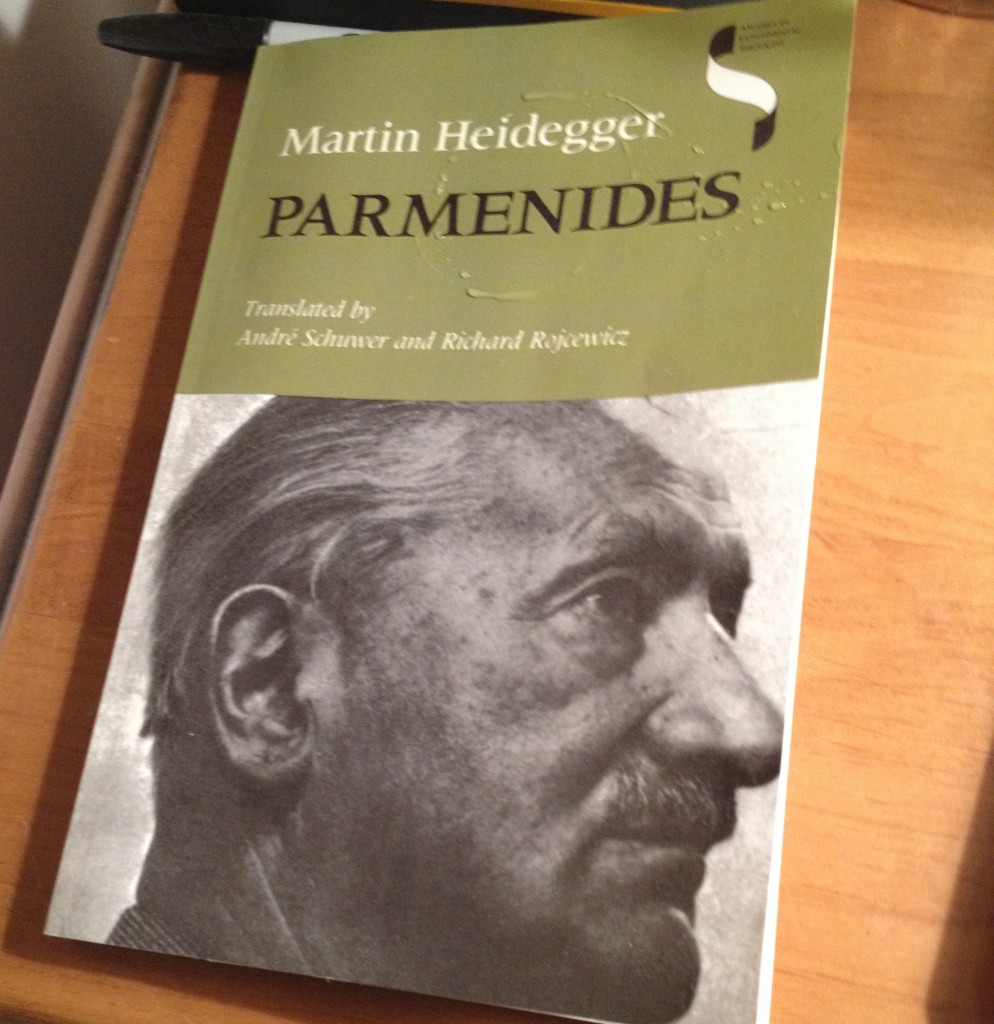
Some current light bedside reading.
This past summer I was driving from Rochester to Chautauqua, to spend a few days helping Peter Georgescu put together a new book proposal, which turned out to be productive (and gave me a chance to work with Andrew Terrell, a very young former White House staffer who seems to know everything that’s going to happen in Washington before it actually happens.) On my drive, somewhere in the Southern Tier, using a podcast app on my iPhone, I stumbled onto a program that has since become something I regularly listen to while painting: Entitled Opinions, by Robert Harrison, a professor of French and Italian at Stanford. It’s an intellectual oasis, a golden island of conversation that constantly makes me whisper, yes, exactly to myself while I’m absorbing it. Its archive makes available ten years of programming, a buried treasure. I can’t wait to make my way through it. Harrison’s professorial post doesn’t reflect his depth of learning in a wide variety of fields: either he’s a very quick study or he retains everything he’s investigated from decades of research and reading. Many of his guests also teach at Stanford, or Berkeley, or at another school here or in Europe. He’s not only erudite but persists in thinking along lines that have been abandoned by many philosophers these days. As far as I can tell from my layman’s perch, philosophy these days wants to find a safe harbor in brain research, rather than interrogating the mystery of things in a way that does little more than ponder unanswerable questions. These days thinking about consciousness tends to regard it as just one more phenomenon to be objectified, on the assumption that human nature is yet another biological mechanism to be understood and eventually improved upon through some kind of intervention. In the podcast I listened to in the car, a conversation about Heidegger with Thomas Sheehan, the guest and host mentioned at one point a philosophy convention where all the Heidegger specialists huddled in one corner and talked amongst themselves, with little contact with anyone else at the event, an anecdote that made me laugh with approval. Good for them! That image probably offers a clear picture of how much weight Continental philosophy carries these days in American academia.
The discussion with Sheehan, who has a book on Heidegger coming out shortly, was primarily about Being and Time, Heidegger’s most influential book. I never managed to get through it in college, though I studied Sartre’s Being and Nothingness, which grew out of Heidegger’s work. Ever since then, I’ve dipped into Heidegger’s later writing, with special attention to The Origin of the Work of Art. And since I heard this podcast, MORE
October 15th, 2014 by dave dorsey
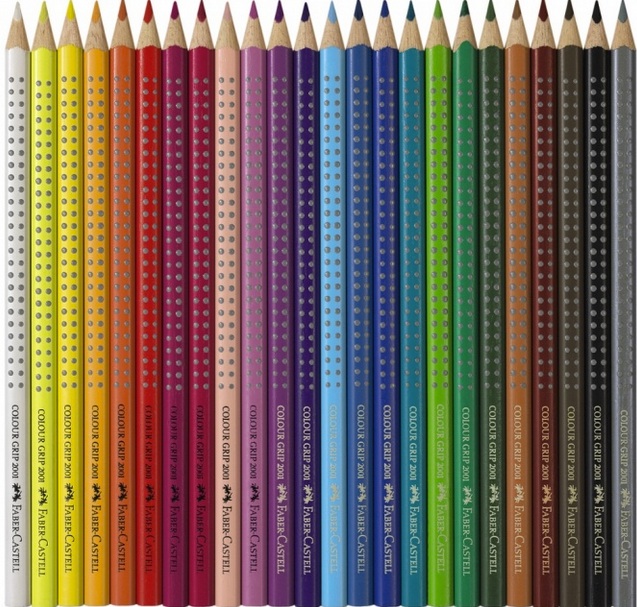
The World’s Biggest Drawing Festival runs throughout October; you can read more here. You can sample a charming children’s book on drawing/painting/printing like the great artists from The Guardian here.
October 13th, 2014 by dave dorsey
 People say that Florence teaches you to see differently — that as the soft light moves across the ocher buildings, you see colors you never noticed before.
People say that Florence teaches you to see differently — that as the soft light moves across the ocher buildings, you see colors you never noticed before.
It taught Kevin Systrom, a co-founder of Instagram, to see differently. He attributes his inspiration to a photography class he took in Florence while at a Stanford study-abroad program about a decade ago. His teacher took away his state-of-the-art camera and insisted he use an old plastic one instead, to change the way he saw. He loved those photos, the vintage feel of them, and the way the buildings looked in the light. He set out to recreate that look in the app he built. And that has changed the way many of us now see as well.
–T.M. Luhrmann, New York Times
October 11th, 2014 by dave dorsey

Little did he know he had only a month left to play it.
October 9th, 2014 by dave dorsey
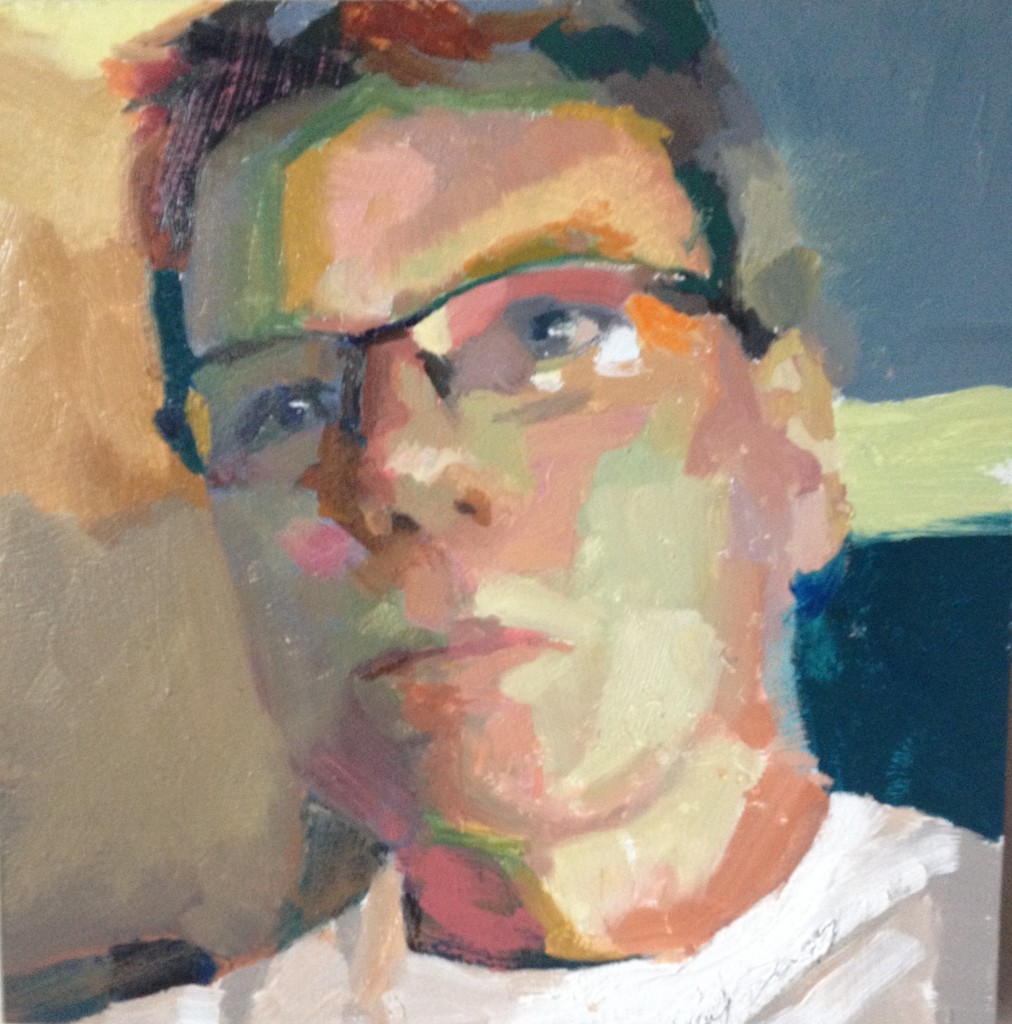
Selfie, Oil on Panel
I’ve begun to have a deeper appreciation for deadlines. I’ve been painting on firm deadlines for a couple years now, first for a two-person show at Oxford Gallery in 2012, then a solo show at Viridian Artists this past summer and now another two-person show at Oxford in March, 2015. This last deadline is pushing me to do things I haven’t done before, such as work on more than one painting at a time, and it’s also motivating me to develop more efficient ways to paint.
There’s a certain optimum pace for developing a painting. Too slow and fastidious, and the life drains out of it. Executed rapidly, it can sometimes come alive in a rare way, but it’s an unreliable and risky way to proceed with something that might quickly fall apart—which are then wasted in a discouraging way on a deadline. When I attempt premier coup work, as Edwin Dickinson referred to it, and I know it’s going well, the propulsive momentum of the work adds a different kind of vitality to the image. The effort gets concentrated into a comparatively brief time, and the life of the marks vibrate with the pressure of that quicker execution. It’s the most difficult way to paint well, because much is at stake and there’s little “going back over.” I read somewhere long ago that Francis Bacon loved tight deadlines. He would do much of his work for a particular show at the last possible minute and hang the paintings still wet. It isn’t hard to believe, given the the way he pushed paint around. For him, it worked. Yet I love, just as much, paintings that take weeks or months to complete, and they convey something far different and more subtle, some hint of what Keats called “solitude and slow time.” I’m attempting to finish examples of both kinds of painting for the show next year. In either case, deadlines are giving me a greater sense of discipline, as well as a wistful sense of how much time I used to have to do other things. (On top of the daily painting, seven days a week, I’m also up early, working on writing projects that bring in the bulk of my income. I paint with the time left free—and I’m able to do it every day.)
I tend to work in successive shifts of three or four hours, with breaks for meals or errands. I’m learning to get more done in each of these windows of opportunity. I calculate exactly how much I need to finish on each day throughout a given month and then track whether or not I’m ahead or behind of my quota. I expect by the end of the work for this next show, I’ll be producing probably twice as much work as I have in the same period of time in the past. One thing I’ve observed, no matter how much I’m enjoying work on a given painting, I procrastinate before sitting down and picking up a brush. Once I do, and once I put down the first mark of the day, it’s as if I’m already at full speed. There’s no ramping up, no acceleration: I’m fully immersed on the step-by-step progress of making the image come to life.
On balance, deadlines are helping me take my work to the next level, not only because it’s making me refine my work methods, but also because there’s no way to adhere to them without bringing the most focused sort of attention to the process. That attention—a heightened awareness of what I see and what I’m doing—is what it’s really all about. It would be nice if I could bring it to my entire life.
October 7th, 2014 by dave dorsey
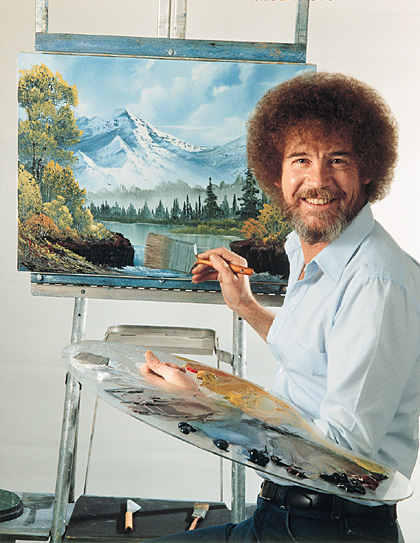
The actual Bob Ross, not needing to sell real estate in Florida.
A friend sent me “Glengarry, Bob Ross” from McSweeney’s. As I read it, I could see Baldwin, in a Malcolm Gladwell wig: First place, my BMW. Second place, a set of palette knives. Third place, penniless immortality.
Get mad, you sons of bitches. Get mad. You know what it takes to paint cozy log cabins that speak the softest parts of the human soul? It takes BRASS BALLS.
The link will yield even funnier lines.
October 5th, 2014 by dave dorsey
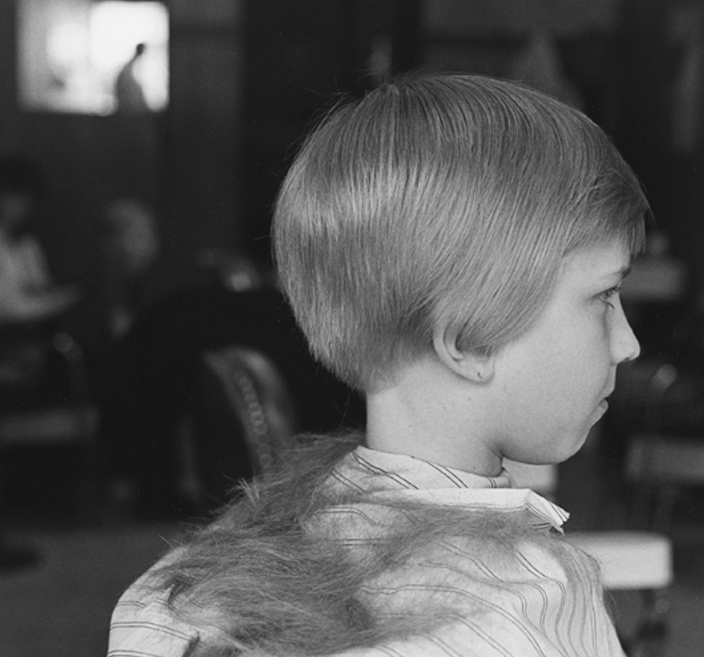
“It is a very slow process in comparison with taking the photos and it is the opposite in that you are confined to a small dark room instead of being out and about in the light and the air,” Steinmetz said about doing his own developing and printing. “The darkroom is where I really confront what I’ve been doing, whether I have been successful or not and whether making a print is really worth all of the effort. Doing darkroom work yourself helps you to become a better editor of your work, which in turn helps you be a better photographer when you are out there working. Today’s world is so fast-paced with instant results in so many aspects of our lives, that in comparison, darkroom work seems to be an alien relic from an ancient world.” —Mark Steinmetz
October 1st, 2014 by dave dorsey
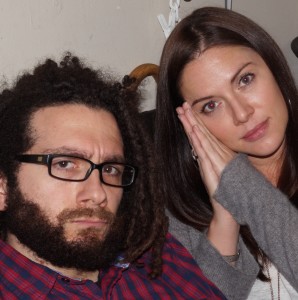
Gadino with Lauren Ashley Bishop
When I paint, as I’ve pointed out before, I listen to music or podcasts, often about comedy but also about history, music, and there’s always Radiolab. I should get Audible.com but my attention to what I’m hearing contends with what I’m painting, so there would be way too much re-listening. Besides, for several years now, while listening to comedians talk casually about how they get by and do what they do, I’m constantly seeing parallels with a painter’s life, at least in the range I’m doing it—getting some recognition and awards and some sales, now and then—but otherwise laboring away obscurely in Rochester, NY. At their best, comedians speak truths that make you uncomfortable, but in a way that lets you enjoy the discomfort—because you’re laughing. It reminds me of Dave Hickey’s dictum that art can depict something very uncomfortable as long as it does it beautifully—beguiling you into looking at what you don’t particularly want to see. Jim Norton’s recent address to Just for Laughs, a big comedy festival in Canada, was profoundly truthful about the enforced politesse of our PC culture. He talked about how comedians need to keep violating norms and conventions and rules for what can and can’t be said in public, all in the pursuit of laughter. As he put it, murder isn’t funny, but jokes about murder can be funny, and the laughter takes precedence over any responsibility for those who don’t get the humor. Cruel laughter isn’t the goal, but rather the laughter that’s also a confession of recognition of truths in what might otherwise be censored in this culture of complaint about hurt feelings. Hurt feelings are a part of moving around in the vicinity of other people. Just walk down a sidewalk in New York City and five or six things or people will somehow affront your sense of self-importance or propriety or good taste. That walk will also make you feel utterly alive. Conversely, way too much art attempts to do what comedy legitimately does: shock people in a way you discover isn’t so bad, once you realize the context, that it’s art. (Or comedy.) I prefer art that seduces in such a way that you hardly realize you’ve been charmed. It requires you to pay attention, but doesn’t fulfill your expectations that art needs to be radically unlike other art or just ordinary life. Shock value isn’t high on my list of priorities. I can handle it with comedy and actually like it, if the shock is subtle and clever.
Continue reading ‘The crying-on-the-inside kind’










